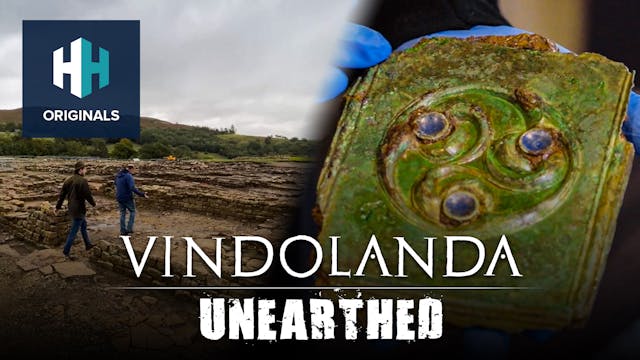Part 3 of 3.
All across northern Scotland, you can still see the skeletal remains of prehistoric skyscrapers. Unique to Scotland, these enigmatic Iron Age towers are called brochs. 2,500 years ago, these drystone structures dominated the Highlands and Islands, yet so much of their story remains shrouded in mystery. Join Tristan Hughes as he ventures across northern Scotland to investigate these extraordinary ancient buildings, seeing some spectacular scenery along the way: from the western Highlands to Orkney.
The journey begins in western Scotland, at Dun Telve, with one of the best preserved brochs in Scotland. Filled with iconic, structural features, the remains epitomise the skill of the prehistoric architects who constructed this building more than 2 millenia ago. But Dun Telve is only a taster of what follows.
Following the broch trail takes us all along the northern coastline of Britain, visiting sites such as Clachtoll. Only a few years ago, an incredible excavation at this broch revealed so much about Iron Age life in one of these towers c.2,500 years ago; the artefacts preserved within the burnt remains of this broch are invaluable in the story of these ancient towers. As experts Gordon Sleight, Dr Graeme Cavers and Dr Dawn Mclaren explain.
From Clachtoll our journey takes us east along Scotland’s northern coastline to Caithness, a region of Scotland renowned as the beating heart of brochs because of the sheer quantity of these ancient towers found here.
But brochs didn’t exist solely on the British mainland and our journey ultimately ends with a return to Orkney and the incredible broch village of Gurness. Orkney, and its abundance of broch villages, was no backwater 2,500 years ago. With connections stretching from Shetland to Scandinavia to the Roman Empire, Iron Age broch villages like Gurness were interconnected with a much larger ancient world.
For their time, brochs were the megastructures of northern Britain. They were homes, symbols of power and centres of communities. Far beyond the borders of the Roman Empire, these Iron Age towers tell a remarkable story about life in northern Britain more than 2,000 years ago.
Up Next in Ancient
-
Vindolanda Unearthed
Situated roughly one mile south of Hadrian’s Wall is one of the great jewels of Roman and early medieval archaeology: Vindolanda. Over the past 50 years, annual excavations at this site have revealed incredible amounts of new information. Information that has not only shone more light on the site...
-
Tutankhamun: Life Not Death
Renowned Egyptologist Prof. Joann Fletcher explores the most famous pharaoh of them all - Tutankhamun. Jo has curated a very special exhibition in her hometown, Barnsley, not only to celebrate the world of Tutankhamun, but also the people from northern England who played an important role in his...
-
Killing God: The Assassination of Jul...
15 March - 'The Ides of March'. It is arguably the most well known date in ancient history. On that day in 44 BC the Roman statesman Julius Caesar was assassinated by a group of senatorial conspirators in the heart of Rome. But why was this political giant of ancient Rome assassinated? How did th...




18 Comments